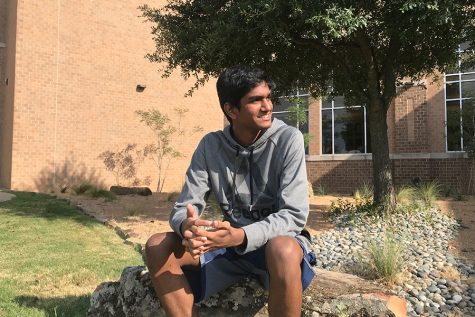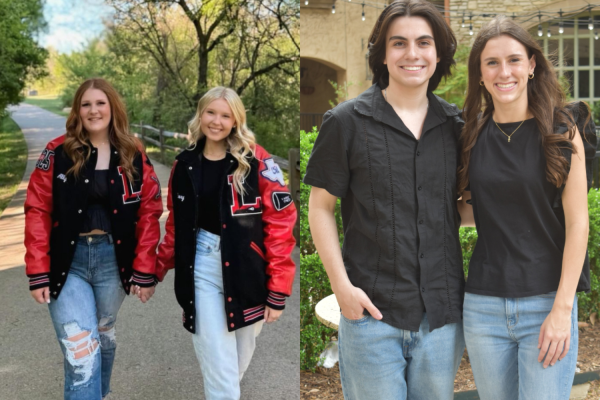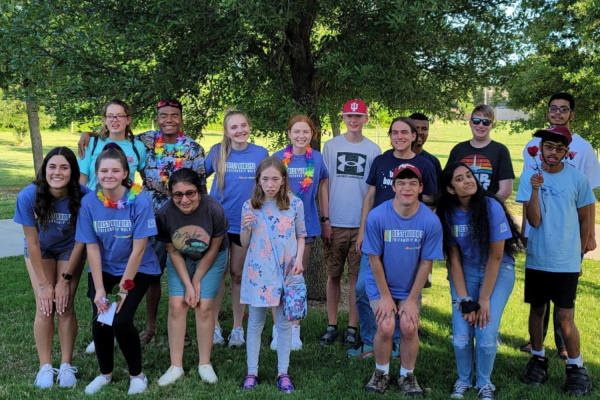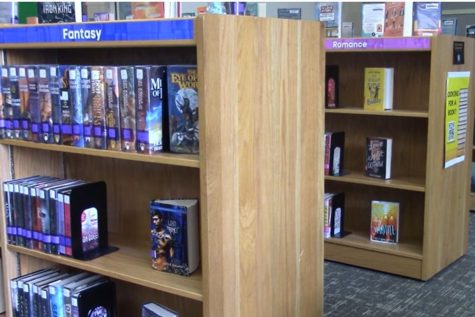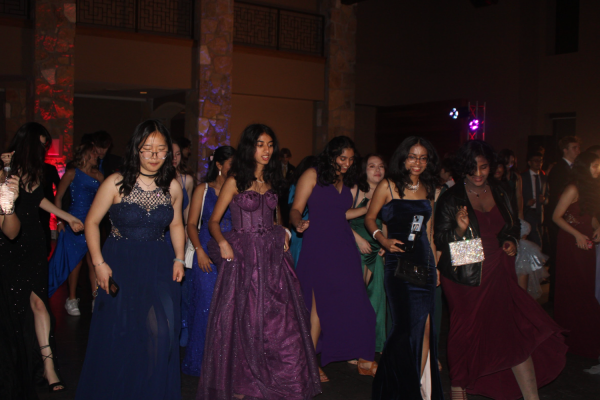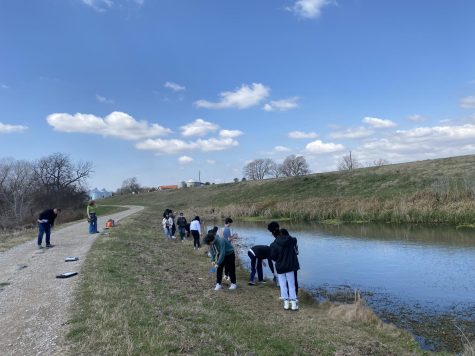Students turn plastic bottles into ecosystems
October 17, 2019
Students in AP Environmental Science have been working on making ecocolumns out of recycled bottles for the past month in hopes of learning what goes into creating a successful ecosystem, with the project coming to a close on Thursday.
“Students will learn over a four week project of how all these things work together; so there’s a terrestrial chamber, the decomposition chamber, and an aquatic chamber,” AP Environmental Science teacher Jamie Berendt said. “One of the things I wanted students to learn is that it’s not only fun to work with these things hands-on but they’re also seeing the change over the course of the project, and so it kind of gives them a real feel of how our nutrients get recycled, how they are used up by other organisms, and so how ecosystems work in order for the ecosystem to be successful.”
Junior Anjali Sutariata’s favorite part of the project was getting away from the classroom.
“My favorite part was when we went outside to grab insects and build a terrestrial column,” Sutariata said. “The process was about building three different ecosystems showing how they all work hand-in-hand.”
Hands-on work proved to be an effective way for junior Stephanie Qui to learn about interdependence between biomes.
“We got to go outside, into nature and find leaves, find bugs, one group even got a frog, but I actually really liked it,” Qui said. “I thought it would be a fun and interactive way to learn about ecosystems.”
Bigger than just ecolumns, Qui believes the project simulates how the world functions.
“The goal of ecocolumns was to build a functioning mini ecosystem, and how we buildt all three ecosystems, and how they work with each other,” she said. “It basically goes to show that every ecosystem in the world is part of a big cycle, and they all depend on each other.”



